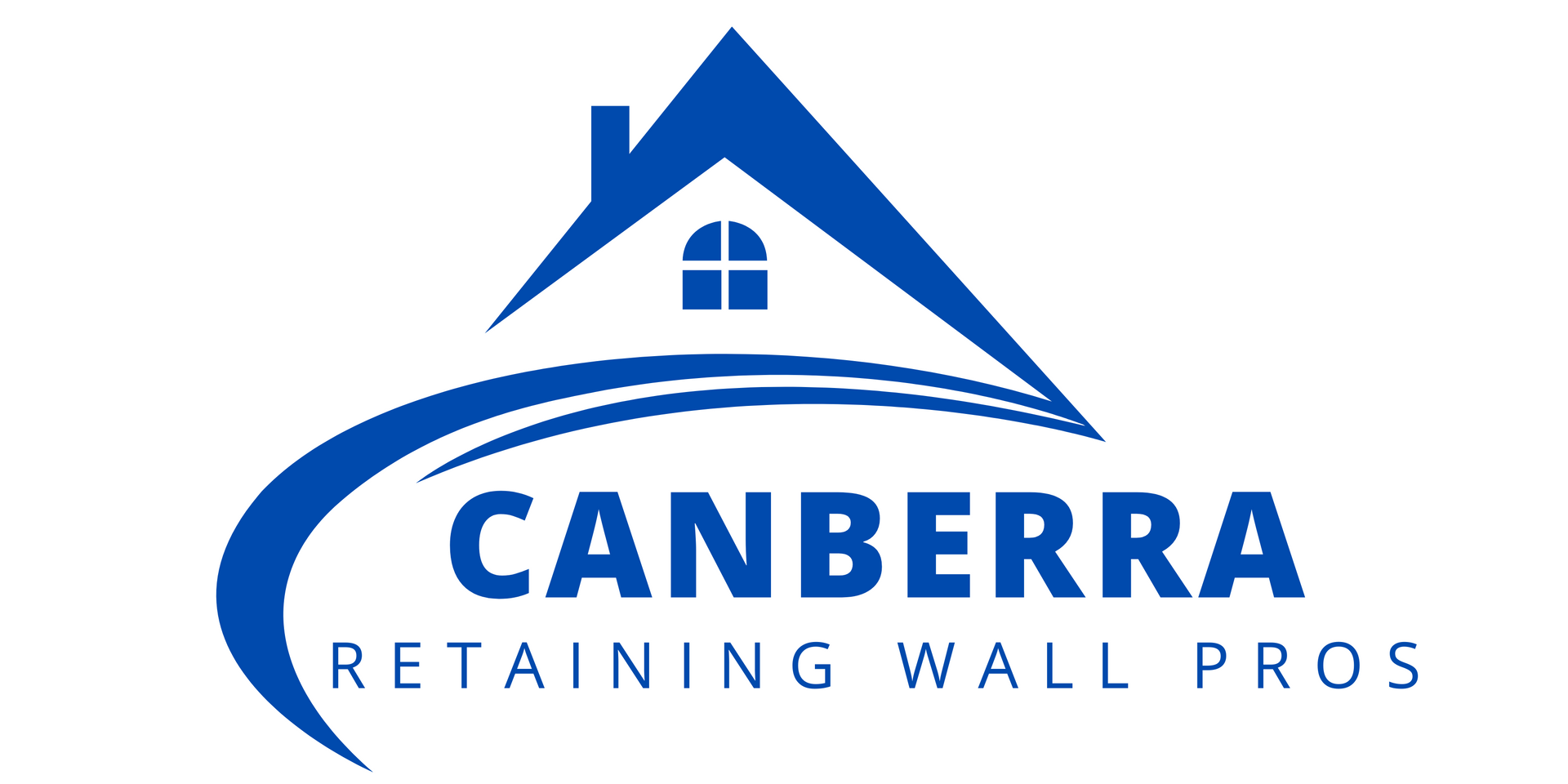Concrete Retaining Wall Construction
Types of Concrete Retaining Walls
Types of Concrete Retaining Walls
Types of Concrete Retaining Walls
Concrete retaining walls play a crucial role in civil engineering and landscaping, providing stability and support to structures while preventing soil erosion. Various types of concrete retaining walls are employed based on specific project requirements and site conditions.
Gravity walls are among the most common and rely on their mass to resist the pressure of soil. These walls are typically thicker at the base and taper towards the top, ensuring stability through their sheer weight.
Cantilever walls, on the other hand, use an inverted T-shape to distribute pressure more evenly. They feature a horizontal slab extending from the base, increasing their ability to withstand lateral forces.
Counterfort walls are a modification of the cantilever design, incorporating vertical columns (counterforts) along the backside of the wall. These counterforts enhance the structure's stability by providing additional support against soil pressure.
Anchored walls, the fourth type, utilise cables or tendons anchored in the soil behind the wall. These cables transmit lateral forces, reducing the pressure on the structure.
The selection of a particular type of concrete retaining wall depends on factors such as soil conditions, wall height, and aesthetic preferences. Engineers and architects carefully analyse these variables to determine the most suitable design for a given project, ensuring the longevity and effectiveness of the retaining wall in providing essential support and preventing soil erosion.
Construction Techniques for Concrete Retaining Walls
Construction techniques for concrete retaining walls involve a systematic approach to ensure structural integrity, stability, and longevity. These walls serve a critical function in supporting soil and preventing erosion, making their construction a precise and well-planned process.
Firstly, site preparation is crucial. Engineers must assess the soil conditions, topography, and drainage patterns to determine the appropriate design and dimensions. Excavation follows, creating a level and stable foundation. Proper compaction of the soil is essential to avoid settling issues in the future.
The choice of materials is significant, with reinforced concrete being a popular option for its strength and durability. Formwork is used to mould the concrete into the desired shape, and reinforcing bars or mesh are added to enhance the wall's structural integrity. Construction may involve either poured-in-place concrete or precast concrete panels, depending on the project's scale and specific requirements. Concrete sleepers is also a popular option.
To mitigate the impact of hydrostatic pressure, proper drainage systems are integrated into the design. This often includes weep holes and drainage pipes to redirect water away from the wall, preventing damage and erosion.
Construction techniques also consider aesthetics, as retaining walls can be integral elements of landscaping. Finishing touches, such as textured surfaces or decorative facing materials, are applied to enhance the visual appeal.
Constructing concrete retaining walls requires a multidimensional approach encompassing site analysis, material selection, formwork, reinforcement, drainage, and aesthetic considerations. Employing these techniques ensures the creation of resilient structures that effectively address both functional and aesthetic needs.
Concrete Retaining Wall Maintenance
Challenges in Concrete Retaining Wall Maintenance
Concrete retaining walls serve a crucial role in managing soil erosion, preventing landslides, and providing structural support in various landscapes. However, these robust structures are not immune to the passage of time and environmental factors, presenting a set of challenges in maintenance.
One primary challenge is the constant exposure to harsh weather conditions. Concrete retaining walls are subjected to rain, storm, and temperature fluctuations, which can lead to the development of cracks and erosion over time. These issues compromise the structural integrity of the wall, necessitating regular inspections and repairs.
Additionally, the natural settling of the soil and the pressure exerted by retained earth can contribute to the gradual deterioration of the wall. This settling can cause shifts in the structure, leading to misalignments and potential failures. Engineers and maintenance teams must carefully monitor these shifts and implement corrective measures to ensure the long-term stability of the retaining wall.
Vegetation growth poses another challenge. Plants, roots, and invasive species can penetrate the concrete, exacerbating cracks and weakening the overall structure. Effective vegetation management is crucial to prevent further damage and maintain the wall's functionality.
Human activities, such as excavation or construction in the vicinity, may impact the stability of the retaining wall. Changes in the landscape or alterations in drainage patterns can exert additional stress on the structure, requiring proactive measures to mitigate potential issues.
Maintaining concrete retaining walls involves addressing a range of challenges, from environmental factors to human activities. Regular inspections, timely repairs, and effective vegetation control are essential components of a comprehensive maintenance strategy to ensure the longevity and reliability of these vital structures.
All Rights Reserved | Canberra Retaining Wall Pros | Terms of Service | Privacy Policy




